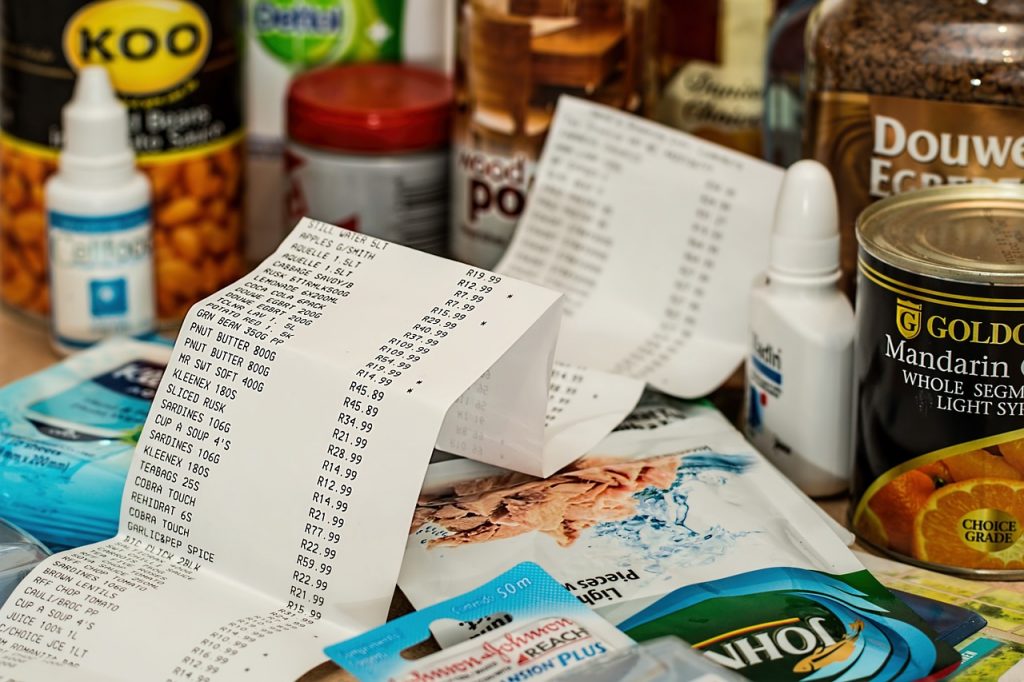Food Is Finally Getting Cheaper?
There may finally be a reprieve from super high food prices in sight, internationally there have been indications that food prices will fall.
This article is more than 2 years old

If you’ve been to the grocery store in the last four months, you probably noticed how expensive food is currently. Food prices have skyrocketed due to inflation, geopolitical turmoil, and public demand, putting the average consumer in a concerning position. Since prices for general goods started to increase, the Federal Reserve has attempted to stabilize inflation rates by imposing interest rate hikes. We may finally be seeing the positive results of this by a recent decrease in food expenses, but for how long will it continue to decline?
One of the most important crops for worldwide agriculture is wheat. When Russia invaded Ukraine, it catalyzed many nations to enforce sanctions on the militant country. Both nations are huge exporters of wheat, so when the exporting slowed, it affected food prices stretching across the world. The FAO Food Price Index hit a record high in March since its inception in 1990. Though the price of wheat increased drastically during the Ukrainian invasion, wheat costs have dropped 45% since its March apex.
There are a few reasons why wheat prices, and general food prices, have been slowly dropping over the last few months. The invasion galvanized many traders and importers to reconfigure their inventory and buyers, planning for a possible recession due to the European war. Many companies’ business rearrangements effectively circumvented the export problem and helped traders find new wheat buyers. Another factor leading to the declining wheat prices is a new deal between Ukraine and Russia. The agreement states that both countries will continue cultivating and exporting wheat, especially wheat that has stagnated at these countries’ ports during the ongoing war.
The Ukraine and Russia agreement has been heralded as a breakthrough during these concerning geopolitical times. Though this may help reduce food prices continually, some experts are wary about the longevity of this reduction. Certain analysts predict that a wheat price bump may occur further down the road, increasing by 20% or 30% to reflect the turbulent market. Still, Ukraine is looking forward to a prosperous cultivation season, expecting to export 30 million metric tons of product.
The UN has confirmed that wheat shipments from Ukraine’s ports will sail in the next few days. Not only could this help decrease food prices worldwide, but it could mean an impending truce between the bordering nations. Though this agreement appears to be a positive move to stop the ongoing war, US Secretary of State Antony Blinken doubts there will be a ceasefire. Recently, Russia has attacked Ukrainian ports in Odesa, which could showcase the incredibility of “Russia’s commitment,” according to Blinken. If Russia has been quick to attack other Ukrainian ports, there may be a chance the Slovac nation will continue to bombard them even after an agreement was arranged.
Though exporting more wheat could keep food prices down in nations worldwide, the logistics of shipping out the product from Ukraine still seems dubious. With Russia attacking Ukraine’s ports, the destruction of shipping vessels could increase food prices extraordinarily. Though Ukraine plans to cultivate tons of wheat this year, shipping the product out successfully is still a nebulous matter.




